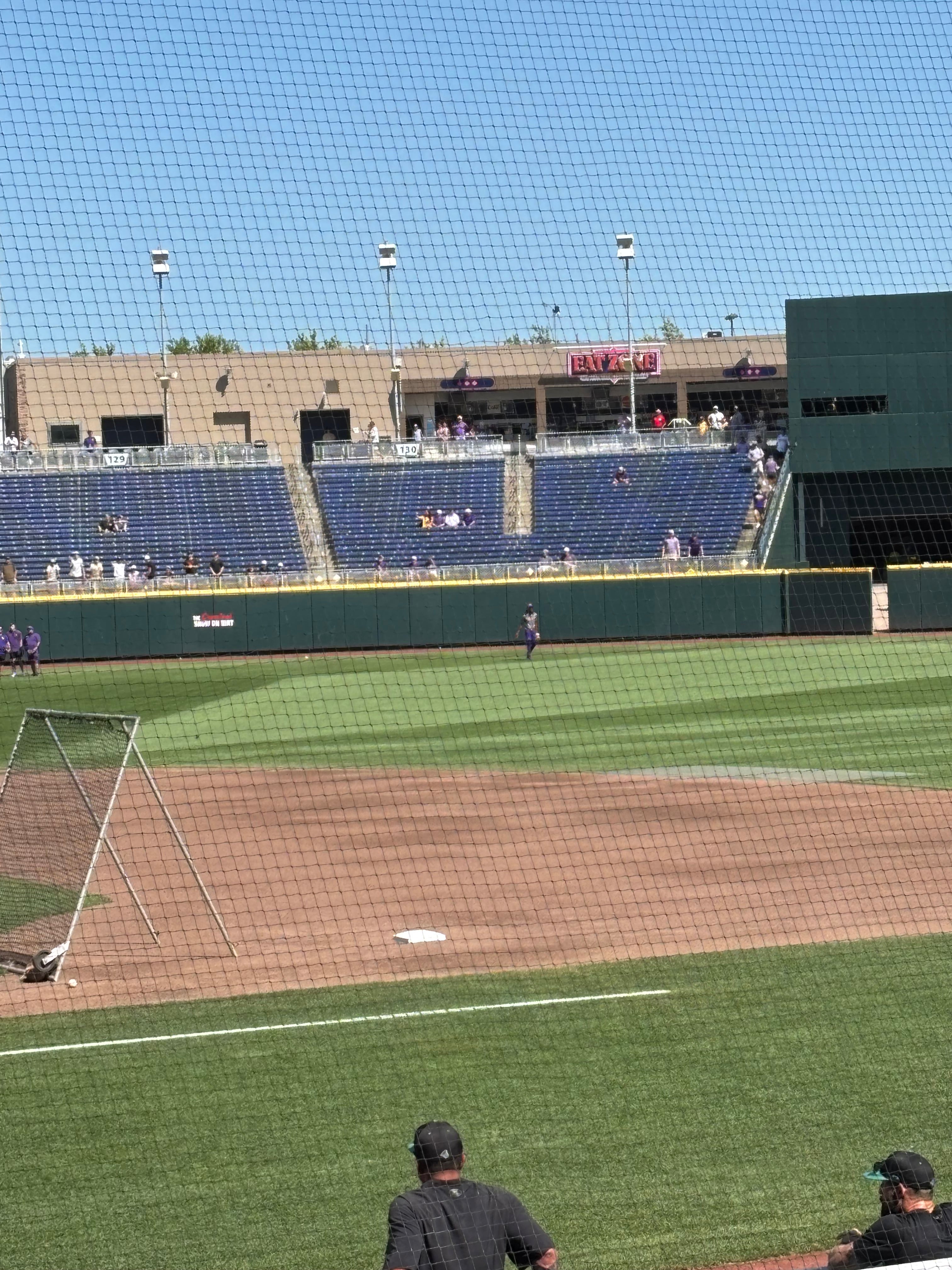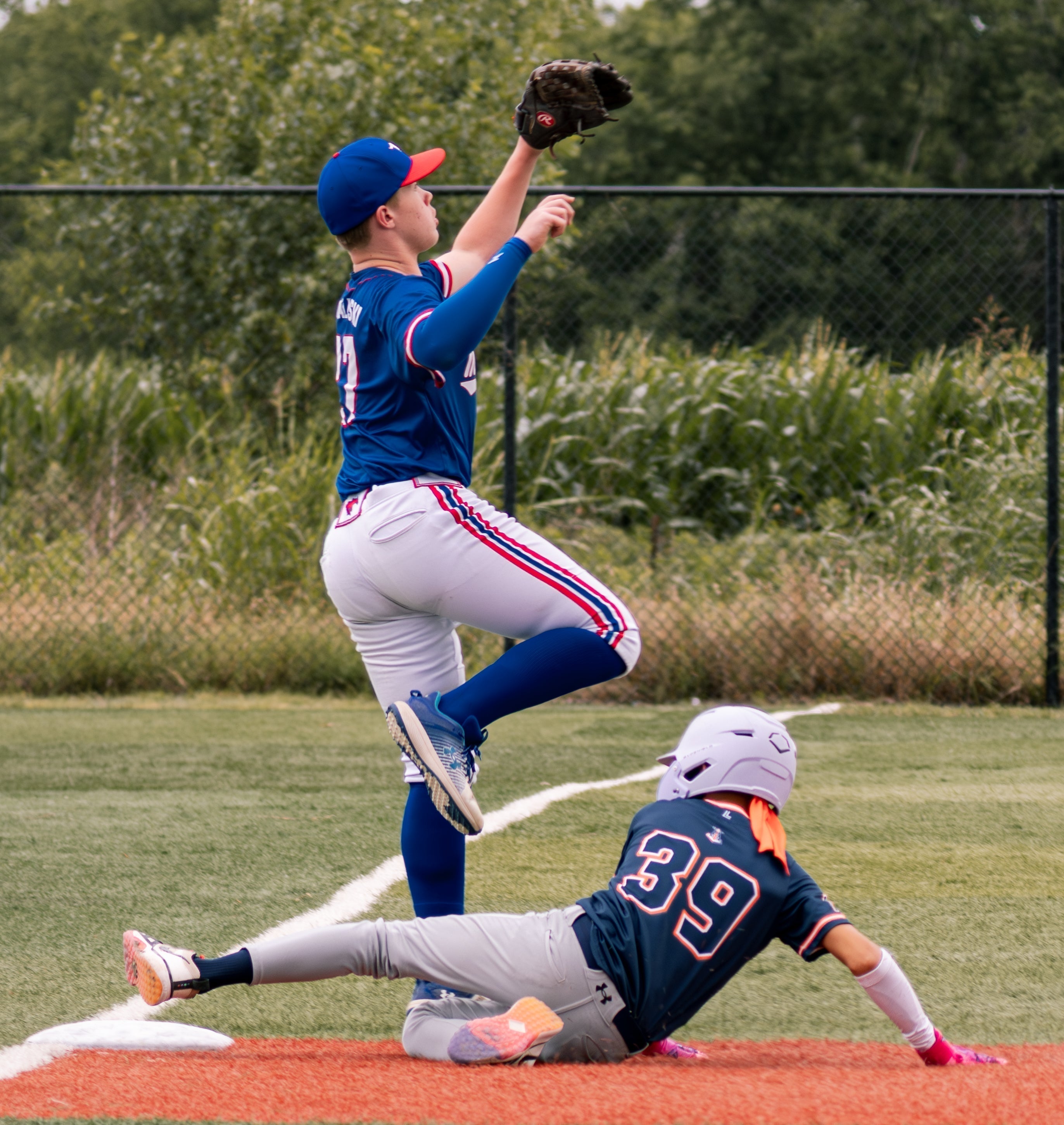Last Saturday in Omaha—June 21, 2025—the mercury peaked at a scorching 101 °F (38.3 °C), baking Charles Schwab Field as College World Series fans settled into their seats under the merciless sun. One devoted fan decided to use HeatSense —including core temp, skin temp, and heart rate—to observe firsthand how intense heat impacts the body in real time.
Heat Strain
- 4:30 PM – Baking in the outfield sun, the fan’s heat strain index surged to 1.9.
- 5:30 PM – As the sun intensified, it climbed steadily to 2.4—a spike indicating rising core temp and increased physiological strain
- 8:00 PM – Relief arrived when shade hit the outfield. Within the hour, the reading dropped to 0.6, showing the body’s rapid cool-down.

WBGT for the players was intense
At 6 PM, the WBGT was 85.5 °F in Omaha—placing it in Category 2, where guidelines suggest limiting outdoor play to around 2 hours. However, between the 2‑hour warm‑up before the game and the 2.5‑hour game itself, participants were exposed for twice that recommended duration.
Key Takeaways for Everyone in the Summer Sun:
- Shade makes a difference: A drop from 2.4 to 0.6 highlights how effective cooling strategies can be—when they’re applied.
- Insight empowers: HeatSense equips fans, coaches, and athletes with heat data—so they can adjust pacing, rest, or hydration in real time.
That’s more than just a story—it’s proof we can take control. Whether you’re at a game, on the field, or on the turf, monitoring heat strain in real time enables smarter, safer decisions. And on days when every degree matters, that insight could make all the difference.


